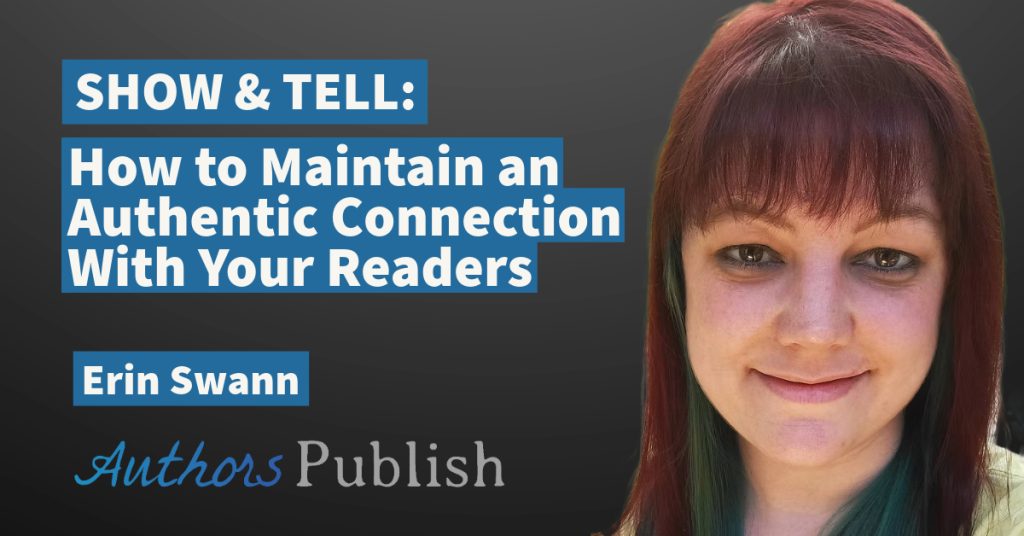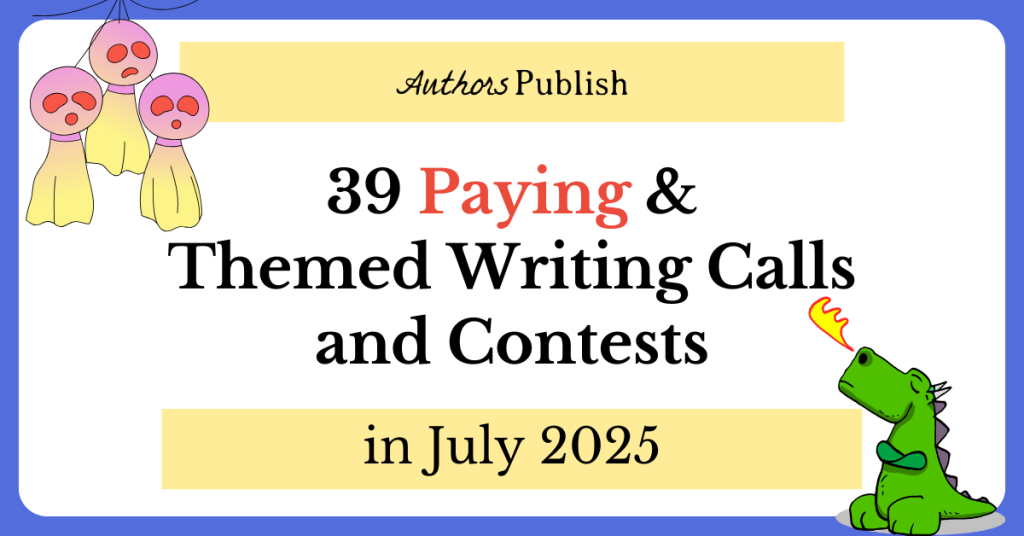By Emily-Jane Hills Orford
Setting the scene is a vital part of bringing a story alive. Why? Quite simply put, it’s a matter of setting the stage and inviting the reader along to feel and experience what the characters are experiencing. Here’s a simple example of a setting:
She must have made a wrong turn in her haste to escape what she didn’t want to hear. Pausing to catch her breath, and to listen, she was reassured no one was following. Doors lined the hall on either side; one stood slightly ajar. The pocket doors, thick wooden panels, were open just enough for her to slide through. Which she did. Once through the precipice, she glanced around, her eyes taking in the glassed-in surroundings, the reams of plants of all different shapes and sizes. Warmth soaked through her skin; she breathed in the thick, moist air. (Beauty in the Beast: Telltale Publishing, 2022)
But setting goes beyond the mere physical description of the scene. Setting defines the time the action takes place (past, present or future), the duration of the action, the social content of the characters (how the characters are feeling and interacting with each other) and the landscape around them.
How do we incorporate all of these elements without overburdening the reader with too much information? Here are some tips.
- Establish the mood – How do you want your readers to feel while reading the story? Once you can answer this question, you’ll know how to create the atmosphere of the setting. Why? Because you want the readers to feel involved in your story. In the example above, the intent is to make the readers feel a sense of awe and wonder.
- Establish time period – Is the story set in the Middle Ages? Or is it a futuristic story? What characters and characteristics define the time period? Language being used, how people are treated and how they treat one another, how elders and people of authority are respected (or not), how do people view religion and government … Perhaps if you choose a time period that you’re most familiar with, one that you feel a strong connection to, then you’ll be able to convey an emotional connection to the reader.
- Consider the atmosphere – If it’s a scene full of high tension and drama, would the characters take the time to notice light, fluffy clouds overhead or singing birds? Probably not. Consider elements that add to this feeling of high tension, like a tightly, confined space with no obvious opening for escape.
- Consider all the story’s key elements – Setting is more than just describing the location, commenting on the weather and other trivial notations. Religion, government, how people interact with one another are all important details, but not all are necessary to include in every story. Use details sparingly and only as needed throughout the story, not all at once. Remember settings help develop the characters and build up the tension in the plot.
- Don’t forget to include all five senses – Once again, perhaps not all at once, but you want readers to sense the experience in multiple ways. Begin with the visual, specifically what you want the readers to see. Then add some or all of the other senses. Ask yourself if there’s something that smells rotten, particularly if the scene is near a dumpster. Or, is the character touching something that is relevant to the plot – how does it feel? Don’t overdo it, but a little goes a long way to add to the setting.
- Don’t give all the details in one passage of descriptive narrative – Your story is not an encyclopedia. If there’s too much information at once, then readers will likely skip the passage and then miss out on some vital information. As well as welcoming the readers into the story with a compelling setting, you want to stretch out the description so they’re not overwhelmed. You want to keep readers entertained and enjoying your story.
- Use dialogue to enhance the setting – Dialogue always lightens the reading and can be used effectively to build up the setting. It also helps inflect mood into the scene.
Keep the key points of reference in mind for each part of the unfolding story. Remember what setting is about: the time (era, past, present or future), duration (how characters act and how long it takes for them to act), place (real or imaginary), as well as the physical, social, historical and psychological elements that weave themselves into the overall story. Setting doesn’t have to be too involved; a simple setting is quite adequate. Just remember, the story has to take place somewhere, at some time and with some elements of feelings and thought patterns.
Emily-Jane Hills Orford is a country writer, living just outside the tiny community of North Gower, Ontario, near the nation’s capital. With degrees in art history, music and Canadian studies, the retired music teacher enjoys the quiet nature of her country home and the inspiration of working at her antique Jane Austen-style spinet desk, feeling quite complete as she writes and stares out the large picture window at the birds and the forest. She writes in several genres, including creative nonfiction, memoir, fantasy, and historical fiction. http://emilyjanebooks.ca






